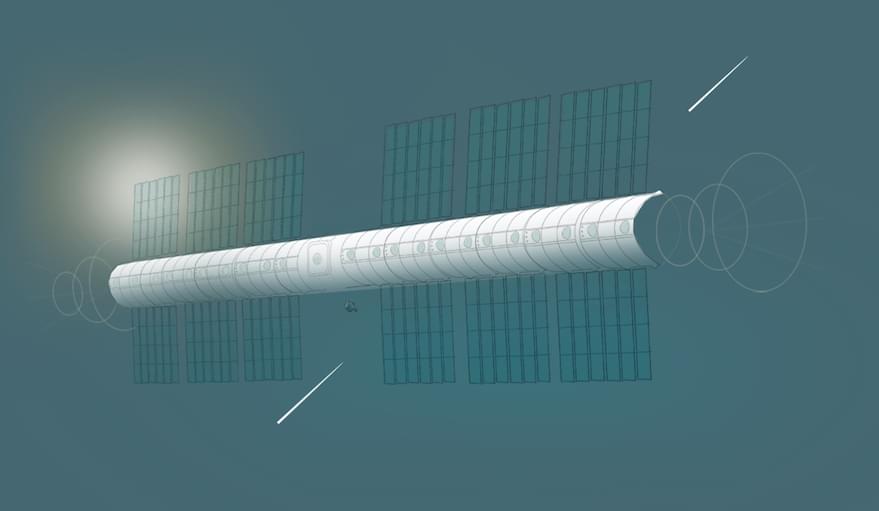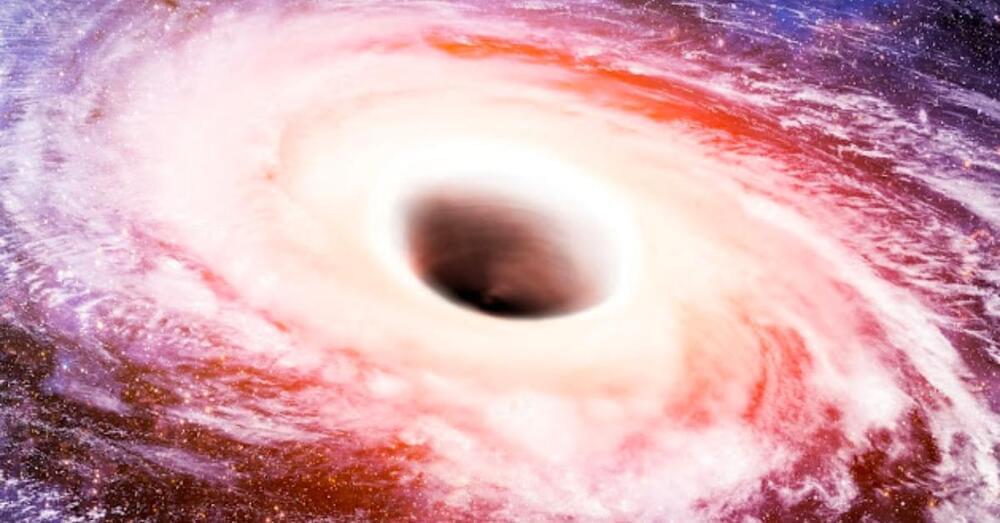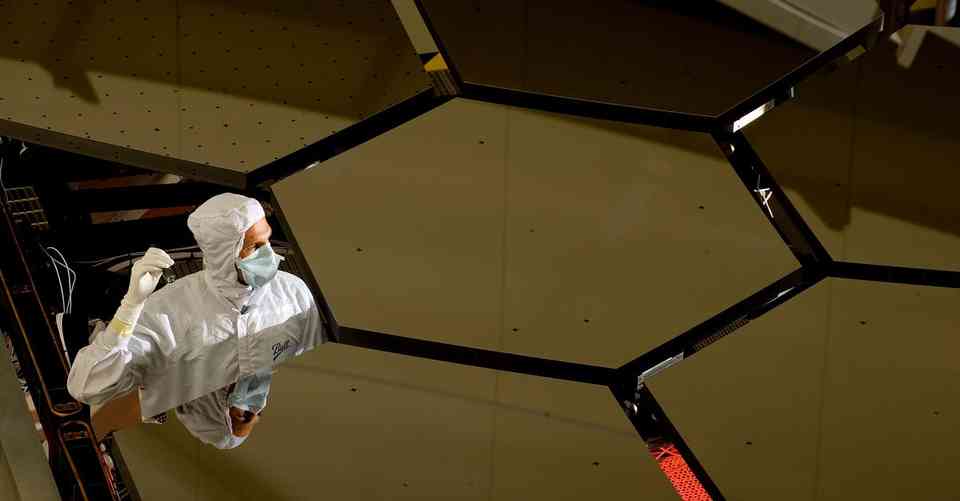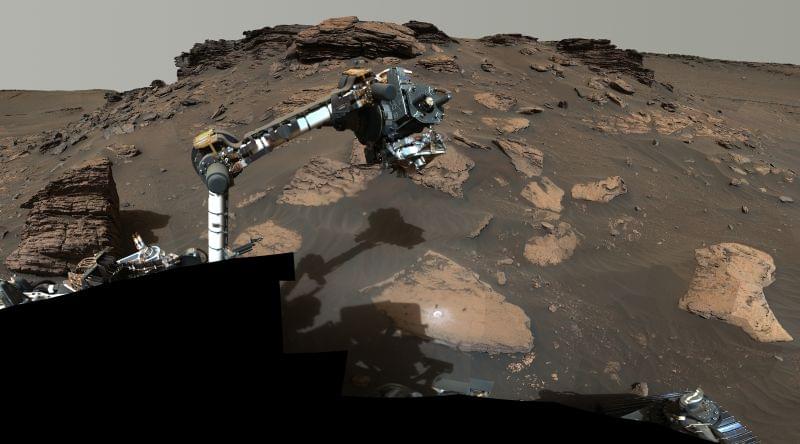This month will see NASA deliberately crash a spacecraft into an asteroid in a planetary defense test — and that spacecraft has now deployed its photographer.


A short discussion before John Smart’s talk at the Stepping Into the Future conference where he discusses his idea that the only easy path to general intelligence is via neuro and biomimicry.
For more detail, see his full talk ‘The Goodness of the Universe: Outer Space, Inner Space, and the Future of Networks’ here: http://www.scifuture.org/the-goodness-of-the-universe-outer-…ohn-smart/
Many thanks for tuning in!
Have any ideas about people to interview? Want to be notified about future events? Any comments about the STF series?
Please fill out this form: https://docs.google.com/forms/d/1mr9PIfq2ZYlQsXRIn5BcLH2onbiSI7g79mOH_AFCdIk/
Consider supporting SciFuture by:
a) Subscribing to the SciFuture YouTube channel: http://youtube.com/subscription_center?add_user=TheRationalFuture b) Donating.
- Bitcoin: 1BxusYmpynJsH4i8681aBuw9ZTxbKoUi22
- Ethereum: 0xd46a6e88c4fe179d04464caf42626d0c9cab1c6b.
- Patreon: https://www.patreon.com/scifuture c) Sharing the media SciFuture creates.
Kind regards.
Adam Ford.
- Science, Technology & the Future — #SciFuture — http://scifuture.org

PARIS – Vast Space, a Southern California startup founded by cryptocurrency billionaire Jed McCaleb, plans to establish an artificial-gravity space station in low Earth orbit.
McCaleb envisions a future where millions of people are living throughout the solar system. Since other companies are helping to reduce launch costs, McCaleb thinks the next important step will be creating large structures where people can live and work in space.
“Earth has finite resources, but out in the solar system, there is an enormous untapped wealth, both in terms of energy and matter, that could support many ‘Earths,’” McCaleb told SpaceNews by email. “Likewise, mankind needs a frontier. Every prosperous civilization has had one to push off into – nevertheless, we haven’t had one for some time. Without a frontier, the world becomes a zero-sum game, which is detrimental to the psyche of a civilization. And in terms of the long-term future of humanity, we will need to live off of the Earth eventually.”
Some of Solar Orbiter’s instruments had to be turned off during the event.
There’s one spacecraft that will be very well placed to capture that increasing activity: Solar Orbiter is currently 25 percent of the way through its 10-year mission of observing the Sun. By 2025, it will be closer than ever to our parent star, and it has already started observing some fantastic phenomena from our Sun.
One of those spectacular phenomena happened recently during a gravity assist Solar Orbiter received from Venus. The Sun had a coronal mass ejection (CME) toward Venus and the Orbiter. It was almost like it was jealous that the satellite designed to study it was cozying up to another heavenly body.
Obviously, the Orbiter’s presence isn’t why the Sun decided to discharge toward the second planet. And ultimately, being hit by such an intense solar storm had no damaging impact on the probe, mainly because it was specifically designed to observe phenomena like the CME.
The James Webb Space Telescope has released stunning new images of the Orion nebula, a star-forming region lying about 1,300 light years away in the Orion constellation. The images are overflowing with details and are a significant improvement over the Hubble and the Spitzer images of the same. Structures down to the size of the solar system can be seen in them.
The details of the new Webb images will enable astronomers studying stellar astrophysics to understand star formation in detail. Star formation is still not fully understood, and several questions remain unanswered.
The James Webb Space Telescope has marked the beginning of a new era in astronomy. One can only imagine what the telescope will unravel in the coming years.
Sunday Discovery Series: https://bit.ly/369kG4p.
Earendel episode: https://youtu.be/-1GQIAP-o6Y
Schrodinger’s Galaxy episode: https://youtu.be/vjcuQzZD7vI
Created By: Rishabh Nakra.
Narrated By: Jeffrey Smith.
The Secrets of the Universe on the internet:
The NASA telescope images show a stellar birthplace, the gassy environs of a dying star, a galaxy smashup and the deepest view into the cosmos yet.

I know, it might sound a bit out there, but it seems we’re able to hear more than you’d expect. Researchers have managed to hear something that they believe is the ‘hum’ of the universe and well, the concept in itself is mind-blowing.
While this ‘hum’ isn’t exactly what you’d expect, it is quite interesting to learn about. You see, because there is no air in space it’s not actually a sound at all but rather more or less something quite different. This finding overall comes from astronomers at the North American Nanohertz Observatory for Gravitational Waves also known as ‘NANOGrav.’ Overall this hum could really help us better understand the history of the universe in time as we further research it.
NANOGrav wrote as follows on this topic:
Source: PLD Space / YouTube.
The new milestone is the culmination of 11 years of hard work, and it paves the way for Elche-based PLD Space to launch its reusable Miura 1 rocket before the year’s end. In a tweet, PLD Space wrote: “Full Mission Test successfully completed. Now, Miura 1 is ready to fly.”


Investigating the site of an ancient river delta, the Perseverance rover has collected some of the most important samples yet on its mission to determine if life ever existed on Mars, according to NASA scientists.
A few of the recently collected samples include organic matter, indicating that Jezero Crater, which likely once held a lake and the delta that emptied into it, had potentially habitable environments 3.5 billion years ago.